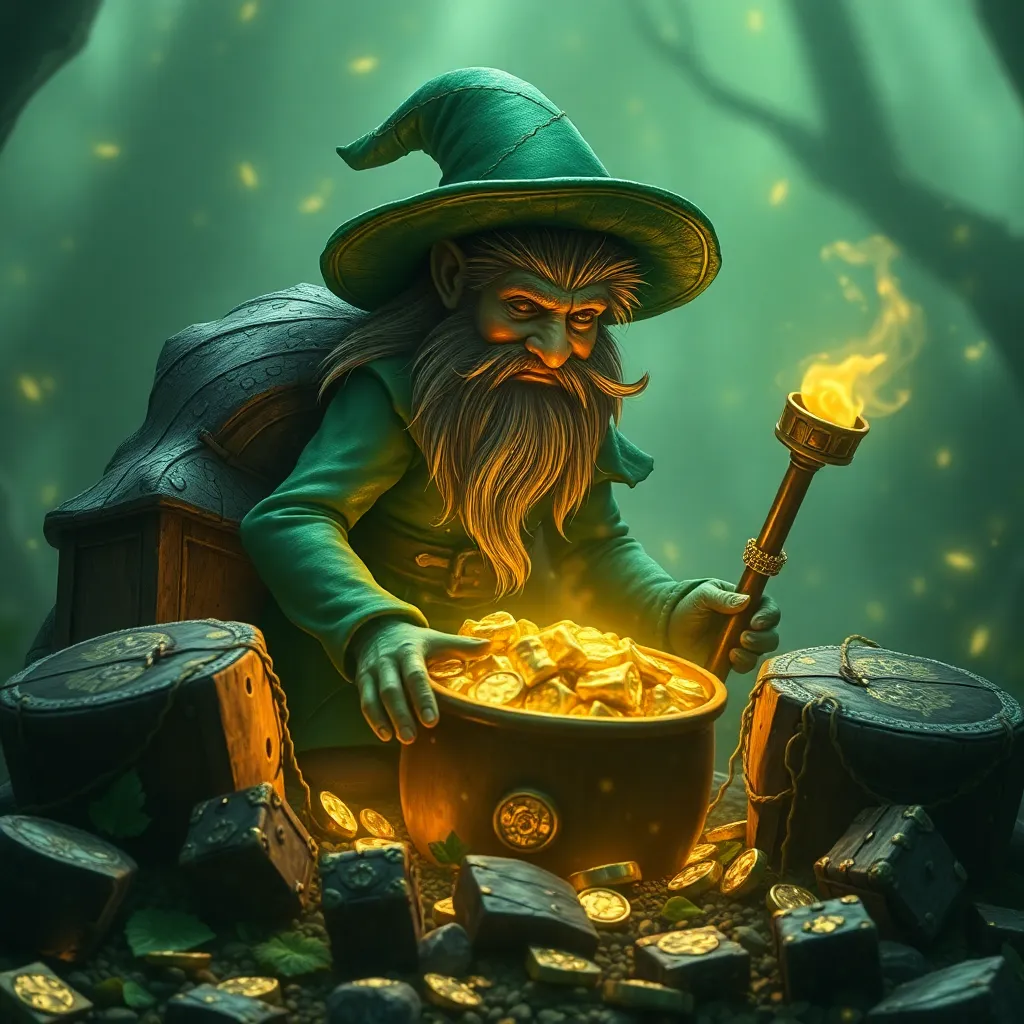The Naga in Literature: Exploring Serpent Myths in Ancient Texts
I. Introduction
The term Naga refers to a serpent or a deity that embodies the characteristics of serpents in various South Asian and Southeast Asian cultures. Throughout history, Naga have been depicted as powerful beings that can take both human and serpent forms, often associated with water, fertility, and protection.
Serpent myths hold a significant place in the folklore and literature of many cultures across the globe. These myths often reflect deep-seated human fears, reverence, and the complexities of nature, illustrating the duality of creation and destruction. The exploration of Naga in ancient texts reveals not only the cultural significance of these beings but also their evolution over time.
This article will focus on the portrayal of Naga in ancient literature, particularly within Hindu and Buddhist texts, as well as their representations in Southeast Asian folklore and mythology.
II. Historical Context of Naga Myths
The mythology surrounding Naga spans several ancient civilizations, with roots traceable to the Indus Valley civilization and further into Vedic traditions. Naga are depicted as protectors of treasures and water sources, often residing in the underworld or near bodies of water.
In various cultures, Naga symbolize different concepts:
- Hinduism: Representing both benevolence and malevolence, often associated with deities and cosmic forces.
- Buddhism: Seen as guardians of the Buddha and embodiments of wisdom.
- Southeast Asian Traditions: Revered as guardians of the earth and water, often linked to royal lineage and agriculture.
Throughout history, Naga tales have evolved, reflecting changes in societal values and beliefs while retaining core themes of protection, transformation, and duality.
III. The Naga in Hindu Literature
In Hindu literature, the Naga are prominently featured in epic texts such as the Mahabharata and the Ramayana. These epics provide rich narratives that highlight the multifaceted roles of Naga characters.
Key Naga figures include:
- Vasuki: The king of the Naga, who played a crucial role during the churning of the ocean (Samudra Manthan) to obtain the nectar of immortality.
- Ananta: The cosmic serpent that supports the universe and is often depicted as the bed of Lord Vishnu.
The symbolism of Naga in Hindu philosophy encompasses the balance of good and evil, the cyclical nature of life, and the interconnectedness of all beings. Their presence in the texts reflects a deep spiritual connection to nature and the universe.
IV. The Naga in Buddhist Texts
Naga also appear in Buddhist literature, particularly in the Pali Canon and the Jataka tales. These narratives often depict Naga as beings that possess wisdom and contribute to the Buddhist cosmology.
In these texts, Naga serve several key roles:
- As protectors of the Buddha, providing safety and support during significant events.
- As beings that can attain enlightenment, illustrating the potential for all creatures to achieve spiritual awakening.
- In stories that highlight moral lessons, where Naga often face trials that lead to transformation and redemption.
Interactions between Naga and the Buddha emphasize themes of compassion, wisdom, and the importance of understanding one’s nature.
V. Naga in Southeast Asian Literature
In Southeast Asia, Naga are prominent in folklore and epic narratives, such as the Ramakien and various adaptations of the Mahabharata. These stories reflect the regional interpretations of Naga mythology, often blending local beliefs with the broader cultural narratives.
Cultural significance of Naga in countries like:
- Thailand: Naga are considered protectors of water and are featured in temple architecture and festivals.
- Cambodia: Naga are linked to the creation myths, symbolizing fertility and the divine.
- Indonesia: Naga are present in various local myths, often associated with the rice harvest and agriculture.
Artistic depictions of Naga across different cultures enhance their literary reflections, showcasing their importance in spiritual and cultural narratives.
VI. Comparative Analysis of Naga Myths
When comparing Naga myths across cultures, several similarities and differences emerge:
- Similarities: Many cultures portray Naga as protectors, embodying duality, and representing transformation.
- Differences: The role of Naga varies significantly; in some cultures, they are revered as benevolent beings, while in others, they can embody chaos and destruction.
The thematic elements of Naga myths include:
- Duality: The coexistence of good and evil within the same being.
- Protection: Naga often serve as guardians of treasures and sacred spaces.
- Transformation: Many stories emphasize the capacity for change and growth.
The environment and geography of a region also play crucial roles in shaping Naga narratives, influencing how they are perceived and integrated into local cultures.
VII. Modern Interpretations and Adaptations
In contemporary literature and media, the fascination with Naga continues to thrive. Modern adaptations often reinterpret ancient myths, bringing them into new contexts and exploring their relevance in today’s world.
Some notable trends include:
- Graphic novels and fantasy literature that incorporate Naga as central characters.
- Television and film adaptations that draw upon traditional stories, reimagining them for new audiences.
- The resurgence of interest in mythology, leading to a blending of ancient narratives with modern themes.
The impact of globalization has also influenced the portrayal of Naga myths, allowing for cross-cultural exchanges that enrich the narratives and broaden their appeal.
VIII. Conclusion
In summary, the exploration of Naga in literature reveals a rich tapestry of myths that span across cultures and time periods. From their origins in ancient texts to their modern interpretations, Naga embody themes of protection, transformation, and duality that resonate with audiences today.
The relevance of Naga myths in today’s literary landscape highlights their enduring significance and the universal human fascination with serpent symbolism. As we continue to explore these ancient stories, there remains an opportunity for further research and a deeper understanding of their impact on culture and literature.



